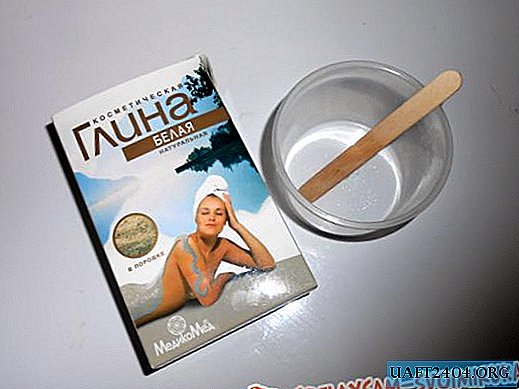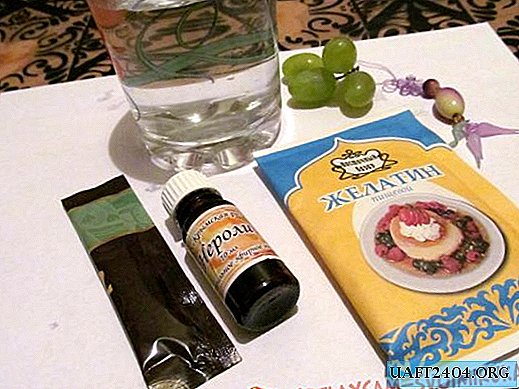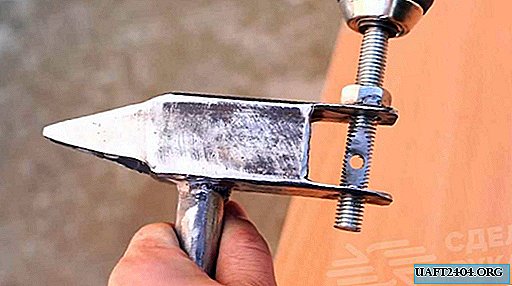Share
Pin
Tweet
Send
Share
Send
The main advantage of cosmetic clay is accessibility, because you can buy it at any pharmacy, while paying a mere penny. What varieties of cosmetic clay exist?
In cosmetology, the following types of clay are used:
- white
- green
- pink
- yellow
- blue
- black
- gray
- red.






How do these subspecies differ from each other? For example, white clay is able to dry the skin, narrow pores, and whiten a little. This kind of cosmetic product also has bactericidal properties.
Blue clay is widespread not only for cosmetic purposes, but also for medical purposes. Back in ancient times, she was treated with an ulcer, tuberculosis, metabolic disorders. Just like white, blue clay is ideal for oily and porous skin, it prevents acne, reduces facial wrinkles, brightens age spots. Green clay, which contains iron, silver and zinc, has the same properties.
Red clay has such a hue due to the presence in its composition of copper and iron oxide. It is able to relieve irritation on the skin, eliminate itching and peeling. Thanks to red clay masks, skin cells are saturated with oxygen molecules.
When the blue and red types of clay are combined, pink is formed, which is suitable for any skin type. This kind of cosmetic product cleanses and moisturizes the skin.
Black clay contains a large amount of quartz. It can quickly remove toxins from tissues, help with allergic reactions.
How to make a mask of cosmetic clay?
Before carrying out the procedure, thoroughly cleanse the face. In some cases, it is recommended to steam the skin. Therefore, it is ideal to apply a clay mask after the bath.
To prepare the clay mass, it is necessary to use plastic, glass or ceramic dishes. A pair of tablespoons of dry powder is enough for a face mask. Add a little clean and cool water to the powder, thoroughly mix the mass without leaving lumps.
You can add a couple of drops of some essential oil to the mask, which will make the procedure even more useful, or lemon juice. Instead of water, the powder can be diluted with milk, mineral water, tea or a decoction of herbs.
The finished mass is applied in a dense layer only to clean and dry skin. You can not put clay on the eyelids and under the eyes, because in these places the skin is very sensitive, because there are no sebaceous glands.
The time spent by the mask on the face depends on what type of skin is inherent in you. With the dry type, it is necessary to wash off the clay after 5-10 minutes. Owners of oily skin can walk with a clay mask for up to 20 minutes.
Before washing the clay off the skin, lightly sprinkle your face with water. After the mask is wet, rinse the clay with cool water. After washing, apply a moisturizer that does not allow the skin to dehydrate.
Share
Pin
Tweet
Send
Share
Send











